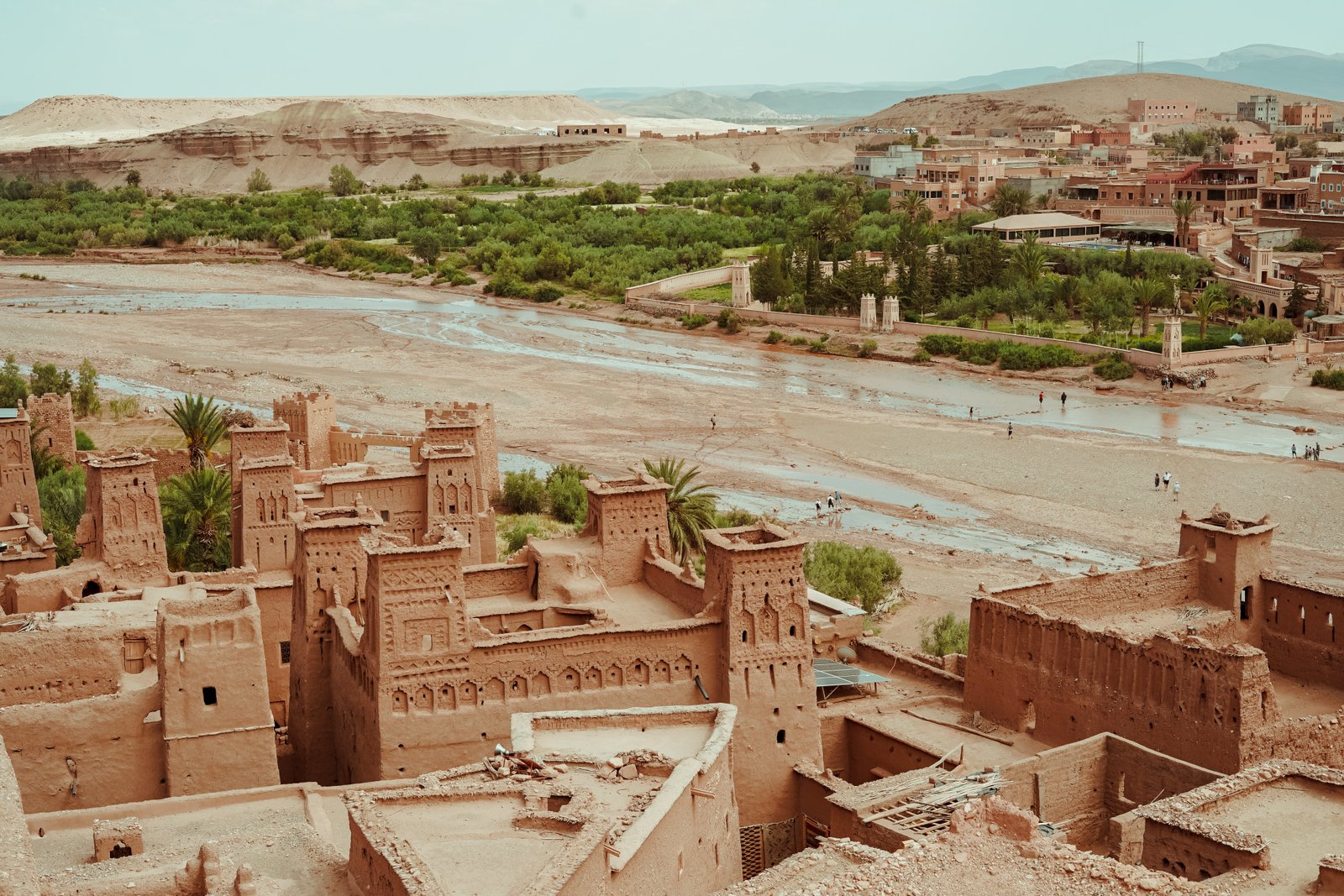Morocco’s rich cultural heritage is not limited to its stunning architecture, bustling markets, or vibrant traditions. The country is also renowned for its unique construction techniques, one of which is called Tadelakt. This traditional Moroccan building method has been utilized for centuries, blending functionality with aesthetic beauty. In this article, we delve into the world of Tadelakt, exploring its history, characteristics, and the reasons it continues to captivate architects and homeowners alike.

1. Historical Background:
Tadelakt, derived from the Arabic word dellaq, meaning to rub, has been an integral part of Moroccan architecture since the 11th century. Originally developed in the Marrakech region, this technique served as a protective coating for surface finishes, preserving buildings and enhancing their appearance. Over time, Tadelakt expanded beyond Marrakech and became popular throughout Morocco.
2. The Tadelakt Process:
Tadelakt involves a meticulous process that requires skilled artisans to achieve desired results. Here are the main steps involved:
- Preparation: The surface is prepared by cleaning and removing any existing finishes, ensuring a smooth and consistent base for the Tadelakt application.
- First Layer: A mixture of lime plaster, sand, and water is applied to the surface, creating a sturdy foundation.
- Polishing: Once the initial layer is dry, a thin layer of lime plaster is meticulously applied, slowly and gradually, using a wooden float. This process is repeated several times to achieve the desired thickness, typically between 2-4mm.
- Burnishing: After the Tadelakt surface has dried, artisans use a river stone or special polished stones to compress and polish the plaster. This technique creates a seamless, smooth, and luminous finish, achieving Tadelakt’s distinctive appearance.
- Sealing: Natural soap made from olive oil is applied to the dried Tadelakt. This final step ensures the waterproofing and durability of the surface, making it suitable for use in wet areas such as bathrooms and hammams.
3. Characteristics and Benefits:
Tadelakt offers several remarkable characteristics that contribute to its popularity:
- Versatility: Tadelakt can be applied to various surfaces, including walls, floors, ceilings, and even furniture, offering limitless design possibilities.
- Durability: When properly maintained, Tadelakt surfaces can last for decades due to their water-resistant and crack-resistant properties.
- Aesthetics: Tadelakt’s soft, undulating texture, combined with its natural variation of colors, ranging from pale earthy tones to vibrant hues, adds a unique charm to any space.
- Eco-Friendly: Being made from natural materials such as lime and soap from olive oil, Tadelakt is an environmentally friendly construction method.
4. Modern-day Application:
While Tadelakt continues to grace traditional Moroccan riads and hammams, it has also found its place in contemporary architecture. Today, architects and designers worldwide are incorporating Tadelakt into their projects, creating a harmonious blend of old and new.

In conclusion,
Tadelakt represents the essence of Moroccan construction methods, showcasing the country’s architectural legacy and cultural heritage. Its ability to combine functionality, durability, and exquisite aesthetics has made it a cherished building technique throughout the centuries. As the world evolves, Tadelakt continues to inspire people, transcending borders and becoming a beloved feature in homes and buildings worldwide.
Contact us with any questions
contact us
Phone




